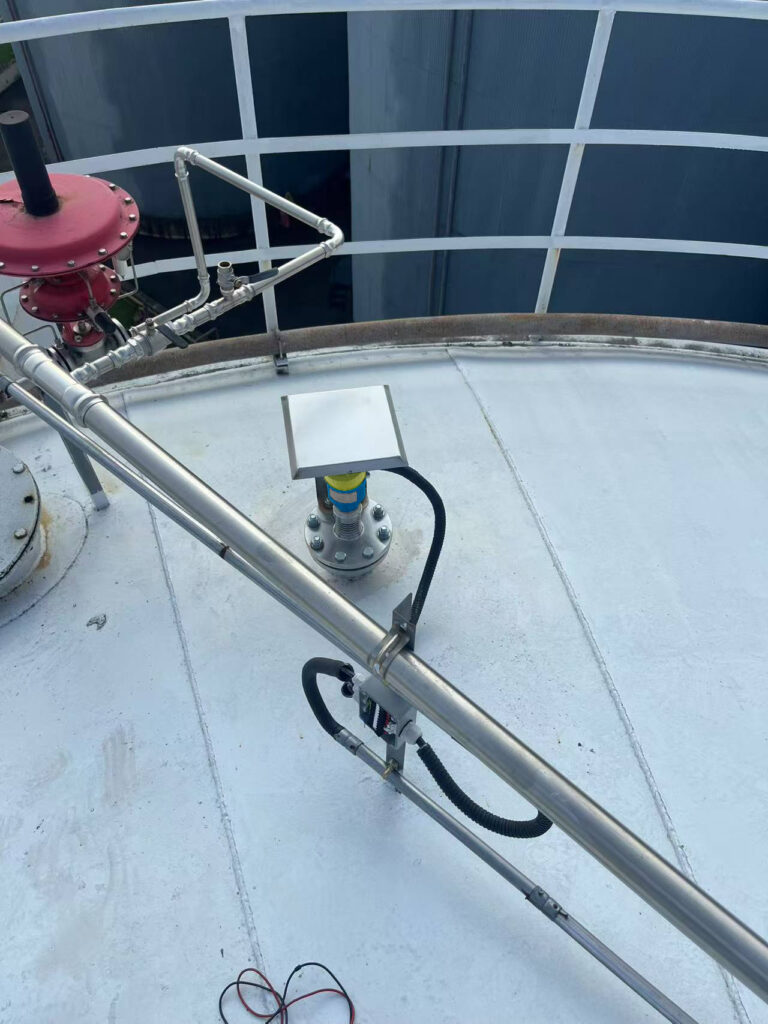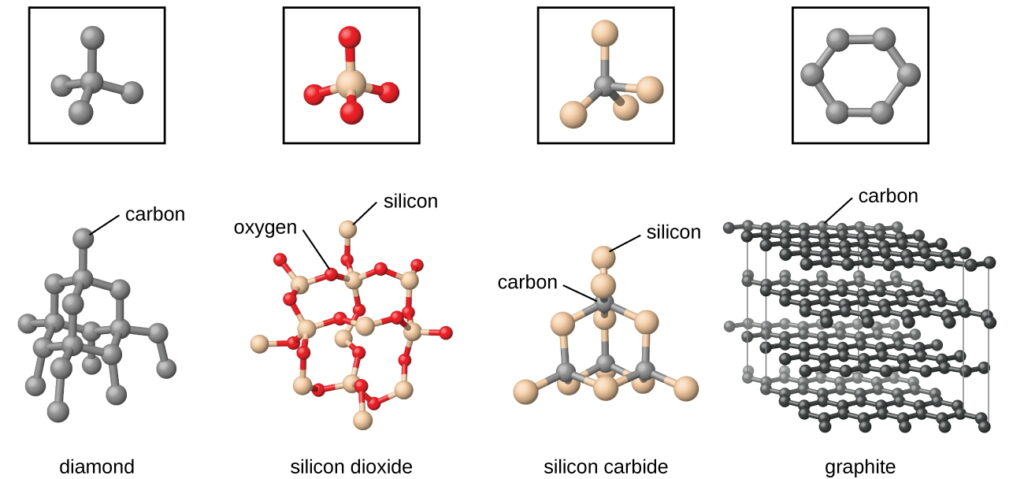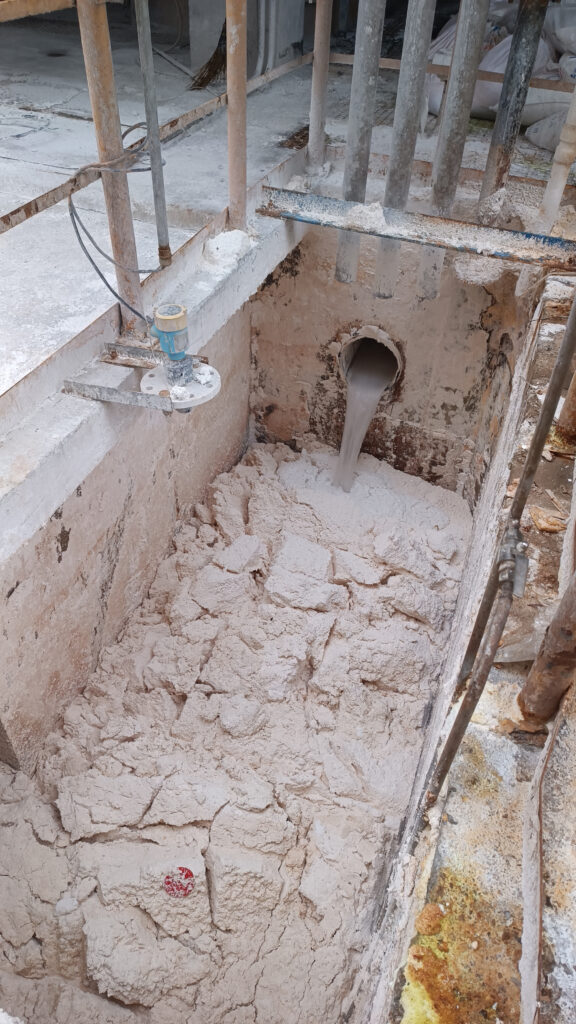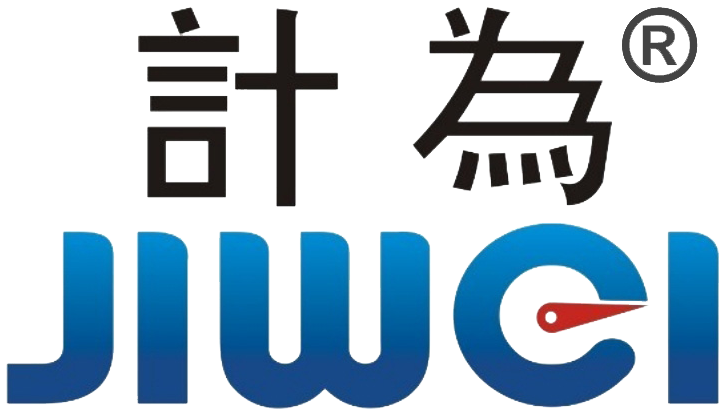Common Radar Level Meter Failures and Troubleshooting Solutions
Radar level meters, as non-contact level measurement instruments, are widely adopted in modern industrial applications due to their high precision, excellent stability, and outstanding resistance to interference. However, in real-world usage, radar level meters may encounter various issues that affect measurement accuracy and operational safety.
This article provides a comprehensive analysis of common radar level meter faults and offers professional troubleshooting solutions based on practical experience—helping users restore normal operation efficiently.

I. Common Radar Level Meter Failures
- Measurement instability or large fluctuations
- No level reading or abnormal values displayed
- Weak or missing echo signals
- Frequent alarms from the device
- Abnormal output signals
- Communication failures or inability to modify parameters
II. Causes and Solutions for Radar Level Meter Failures
1. Unstable or Fluctuating Measurements
Possible Causes:
- Interference from steam or bubbles in the medium affects echo signal clarity
- Antenna contamination, condensation, or icing
- Tank wall buildup or obstructions blocking the signal
- Strong electromagnetic interference in the environment
Solutions:
- Use a high-frequency radar level meter (e.g., 80GHz) for improved steam resistance
- Regularly clean the radar antenna surface
- Install protective covers or auxiliary heating to prevent icing
- Improve grounding and shielding to reduce EMI

2. No Signal or Abnormal Level Display
Possible Causes:
- Power supply failure or poor wiring contact
- Loose or damaged antenna connection
- Incorrect configuration (e.g., range, dielectric constant)
- Severe signal obstruction inside the vessel

Solutions:
- Check and stabilize power and wiring connections
- Inspect antenna condition and replace if necessary
- Verify and correct configuration settings
- Relocate installation point or change antenna type to avoid obstructions
3. Weak or Missing Echo Signals
Possible Causes:
- Low dielectric constant materials reduce signal reflection
- Steam or foam causes severe signal attenuation
- Antenna misaligned with the liquid surface

Solutions:
- Choose a radar model with higher sensitivity for low-dielectric applications
- Use antennas with adjustable beam diameter to enhance signal reception
- Calibrate the antenna angle to align with the liquid surface
4. Frequent Device Alarms
Possible Causes:
- Improper range or dead zone settings
- Rapid environmental changes cause signal anomalies
- Hardware or software malfunction
Solutions:
- Adjust the measuring range and dead zone buffer
- Monitor environmental conditions and fine-tune alarm thresholds
- Upgrade firmware or contact technical support for inspection
5. Abnormal Output Signal
Possible Causes:
- Signal wiring interference or disconnection
- Incorrect output configuration (e.g., 4–20 mA, RS485, HART)
- Transmitter or interface failure
Solutions:
- Check signal wiring integrity and shielding
- Confirm output configuration matches the system
- Replace or repair faulty modules or terminals
6. Communication Failure or Locked Parameters
Possible Causes:
- Incorrect communication protocol or baud rate
- Damaged communication interface
- Safety lock or access restrictions
Solutions:
- Verify and configure the correct protocol and parameters
- Inspect communication ports and cables
- Unlock parameter protection or request higher access rights
III. Maintenance and Usage Recommendations
- Regularly clean the radar antenna to prevent buildup or contamination
- Choose appropriate mounting positions and antenna types to avoid structural interference
- Select radar models suited to the dielectric constant, temperature, and pressure of your medium
- Perform routine calibration and parameter verification
- Adjust signal and alarm settings based on real-time process conditions
IV. Conclusion
Radar level meters are essential components in industrial automation. Most common failures arise from improper installation, environmental factors, or incorrect parameter settings. By applying systematic diagnostics and targeted solutions, users can greatly improve the stability and accuracy of radar level measurement.
Enterprises should prioritize proper model selection, professional installation, and regular maintenance to ensure safe and efficient production.
Keywords: radar level meter troubleshooting, level sensor repair, unstable radar level signal, radar level meter signal loss, radar level meter installation, industrial level measurement solution
